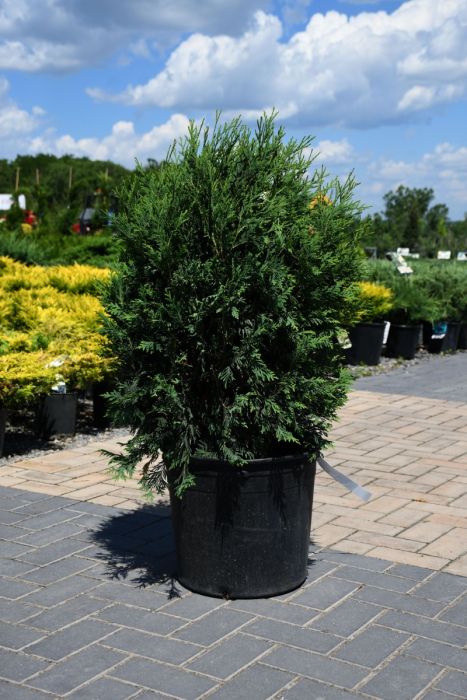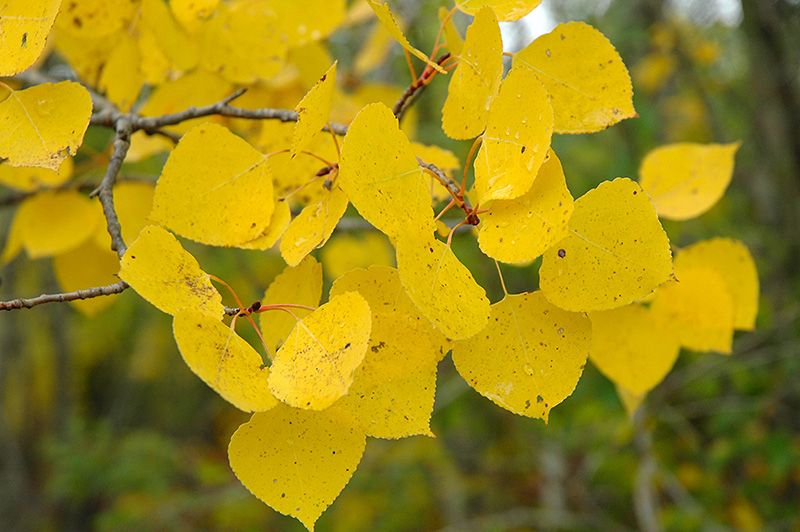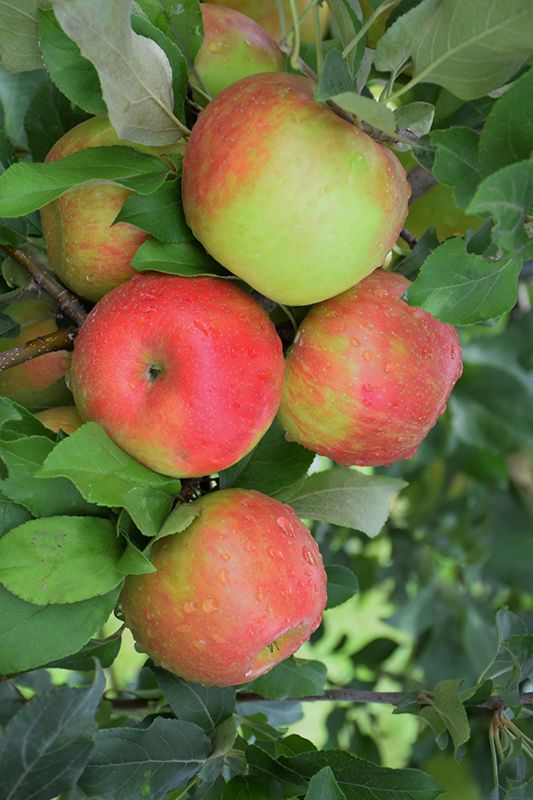Thuja, Arborvitae 'First Editions® Technito®'



Out of stock
Coming soon, still growing- Sun Preference
- Full-Sun, Part-Sun
Description
A more compact, dense selection with the same rugged nature and appealing dark green color of ‘Techny’ arborvitae. Superior form and denser growth when compared to ‘Techny’.
Minnesota's Largest Selection of Trees
At Minnesota's Destination Garden Center, we offer a diverse range of trees to suit any landscaping need. Whether you're looking for shade trees to cool your home or ornamental trees to add beauty and interest, you'll find the perfect tree at Gertens. Our knowledgeable staff can help you select the right tree for your space and provide tips for care and maintenance. Visit Gertens today and explore the unmatched variety of trees to enhance your outdoor environment!
Details
First Editions® Technito® Arborvitae | Thuja occidentalis 'Bailjohn'
Height: 6 feet
Spread: 4 feet
Sunlight: full sun to part shade
Hardiness Zone: 3a
Other Names: Eastern White Cedar
Description:
As its name implies, this is a dwarf form of the extremely popular Techny arborvitae with the same rich green foliage that holds its color into winter and resists wind burn, but much denser and more on a garden scale
Ornamental Features
First Editions® Technito® Arborvitae is a dwarf conifer which is primarily valued in the landscape or garden for its distinctively pyramidal habit of growth. It has dark green evergreen foliage which emerges light green in spring. The scale-like sprays of foliage remain dark green throughout the winter.
Landscape Attributes
First Editions® Technito® Arborvitae is a dense multi-stemmed evergreen shrub with a distinctive and refined pyramidal form. Its relatively fine texture sets it apart from other landscape plants with less refined foliage.
This is a high maintenance shrub that will require regular care and upkeep. When pruning is necessary, it is recommended to only trim back the new growth of the current season, other than to remove any dieback. It has no significant negative characteristics.
First Editions® Technito® Arborvitae is recommended for the following landscape applications;
- Accent
- Mass Planting
- Hedges/Screening
- General Garden Use
Planting & Growing
First Editions® Technito® Arborvitae will grow to be about 6 feet tall at maturity, with a spread of 4 feet. It tends to fill out right to the ground and therefore doesn't necessarily require facer plants in front, and is suitable for planting under power lines. It grows at a slow rate, and under ideal conditions can be expected to live for approximately 30 years.
This shrub does best in full sun to partial shade. It prefers to grow in average to moist conditions, and shouldn't be allowed to dry out. It is not particular as to soil type or pH. It is somewhat tolerant of urban pollution, and will benefit from being planted in a relatively sheltered location. Consider applying a thick mulch around the root zone in winter to protect it in exposed locations or colder microclimates. This is a selection of a native North American species.
More Information
| Gerten Grown Plants | Gerten Grown Plants |
|---|---|
| Tree Type | Evergreen |
| Sun Preference | Full-Sun, Part-Sun |
| Mature Height (Range) | 5 - 10 feet |
| USDA Hardiness Zone | 3, 4, 5, 6, 7 |
| Common Family Name | Arborvitae |


